The authors present a series of correlated insulating states of twisted bilayer graphene that is detected using an atomic force microscope tip. An additional experiment demonstrates the coupling of a mechanical oscillator to a quantum device.
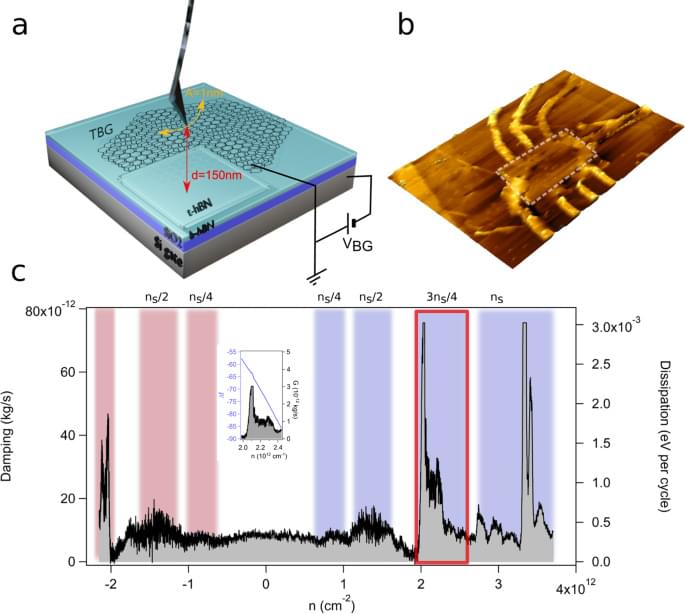

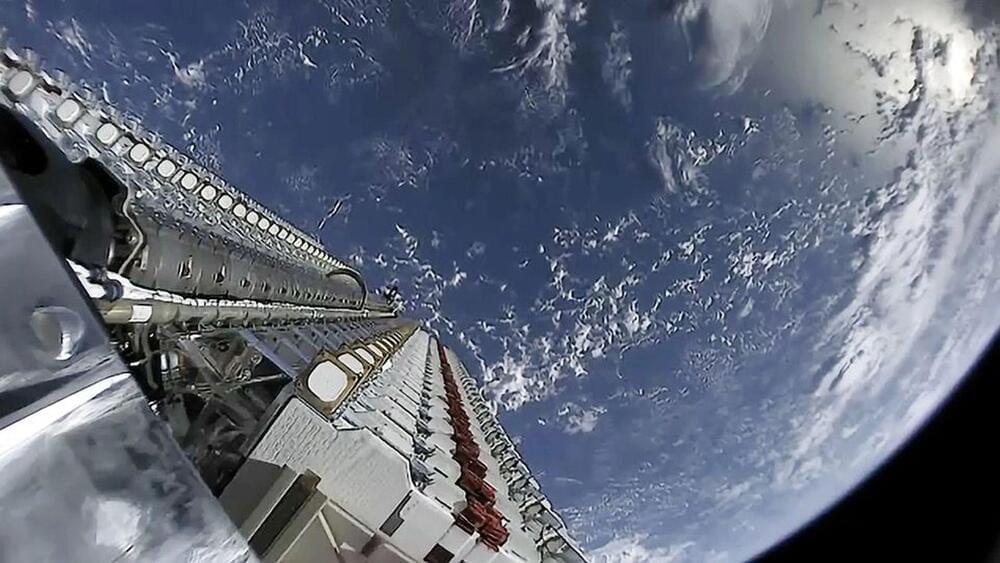
The network’s total capacity will surpass 500 Gbps by 2025.
While China is already marching ahead with its internet infrastructure, the country has announced the completion of its first high-orbit satellite communication network, which aims to provide fast and reliable internet service within its territory and to several countries along its Belt and Road initiative.
The network, which consists of three high-throughput satellites named ChinaSat 16, 19, and 26, is expected to compete with SpaceX’s Starlink, a low-orbit satellite system developed by the American aerospace company, according to a Beijing-based communications expert.
500 Gbps speeds by 2025
According to the state news agency Xinhua, the state-owned China Aerospace Science and Technology Corporation, which owns the satellite operator, said the network would offer internet service for various sectors, such as aviation, navigation, emergency, and energy.
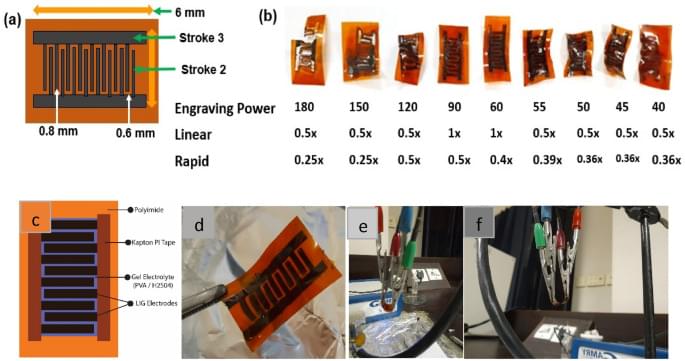
The field of supercapacitors consistently focuses on research and challenges to improve energy efficiency, capacitance, flexibility, and stability. Low-cost laser-induced graphene (LIG) offers a promising alternative to commercially available graphene for next-generation wearable and portable devices, thanks to its remarkable specific surface area, excellent mechanical flexibility, and exceptional electrical properties. We report on the development of LIG-based flexible supercapacitors with optimized geometries, which demonstrate high capacitance and energy density while maintaining flexibility and stability. Three-dimensional porous graphene films were synthesized, and devices with optimized parameters were fabricated and tested. One type of device utilized LIG, while two other types were fabricated on LIG by coating multi-walled carbon nanotubes (MWCNT) at varying concentrations.
The tech billionaire Elon Musk has come to define innovation, but he can also be a lightning rod for controversy; he recently endorsed antisemitic remarks on X, formerly known as Twitter, which prompted companies to pull their advertising. In his interview, Musk discusses his emotional state and why he has “no problem being hated.” This interview was with Andrew Ross Sorkin of The New York Times at the annual DealBook Summit and recorded live in front of an audience at Jazz at Lincoln Center.


The U.S. Naval Research Laboratory (NRL), in conjunction with the international Fermi Large Area Telescope Collaboration, announce the discovery of nearly 300 gamma ray pulsars in the publication of their Third Catalog of Gamma Ray Pulsars. This milestone comes 15 years after the launch of Fermi in 2008 when there were fewer than ten known gamma-ray pulsars.
“Work on this important catalog has been going on in our group for years,” said Paul Ray, Ph.D., head of the High Energy Astrophysics and Applications Section at NRL. “Our scientists and postdocs have been able to both discover and analyze the timing behavior and spectra of many of these newfound pulsars as part of our quest to further our understanding of these exotic stars that we are able to use as cosmic clocks.”
Pulsars are formed when massive stars have burned through their fuel supply and become unable to resist the inward pull of their own gravity. This results in the star collapsing into a dense, spinning, magnetized neutron star. Their spinning magnetic fields send out beams of gamma rays, the most energetic form of light. As these beams sweep across the Earth, the highly sensitive Fermi gamma-ray telescope can observe their periodic energy pulses. With more than 15 years of data, Fermi has transformed the field of pulsar research.

Electrocatalysis expands the ability to generate industrially relevant chemicals locally and on-demand with intermittent renewable energy, thereby improving grid resiliency and reducing supply logistics. Herein, we report the feasibility of using molecular copper boron-imidazolate cages, BIF-29(Cu), to enable coupling between the electroreduction reaction of CO2 (CO2RR) with NO3– reduction (NO3RR) to produce urea with high selectivity of 68.5% and activity of 424 μA cm–2. Remarkably, BIF-29(Cu) is among the most selective systems for this multistep C–N coupling to-date, despite possessing isolated single-metal sites. The mechanism for C–N bond formation was probed with a combination of electrochemical analysis, in situ spectroscopy, and atomic-scale simulations. We found that NO3RR and CO2RR occur in tandem at separate copper sites with the most favorable C–N coupling pathway following the condensation between *CO and NH2OH to produce urea. This work highlights the utility of supramolecular metal–organic cages with atomically discrete active sites to enable highly efficient coupling reactions.
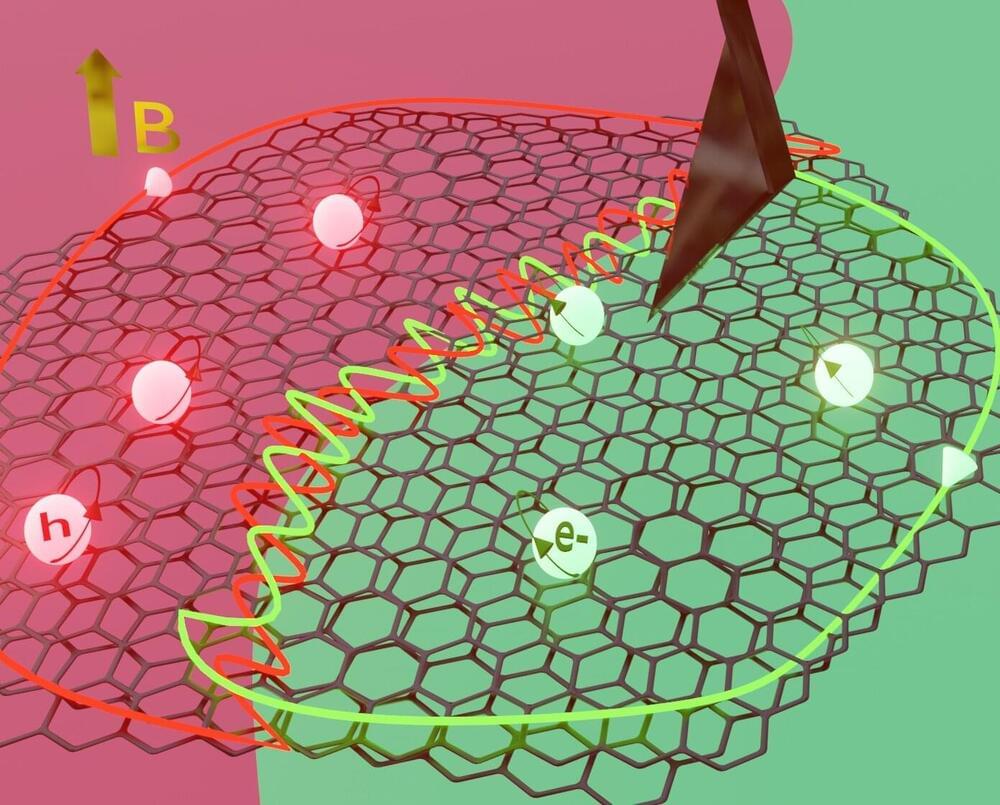
Recent advances in the development of devices made of 2D materials are paving the way for new technological capabilities, especially in the field of quantum technology. So far, however, little research has been carried out into energy losses in strongly interacting systems.
With this in mind, the team led by Professor Ernst Meyer from the Department of Physics at the University of Basel used an atomic force microscope in pendulum mode to investigate a graphene device in greater detail. For this, the researchers utilized a two-layer graphene, fabricated by colleagues at LMU Munich, in which the two layers were twisted by 1.08°
When stacked and twisted relative to one another, the two layers of graphene produce “moiré” superstructures, and the material acquires new properties. For example, when the two layers are twisted by the so-called magic angle of 1.08°, graphene becomes a superconductor at very low temperatures, conducting electricity with almost no energy dissipation.
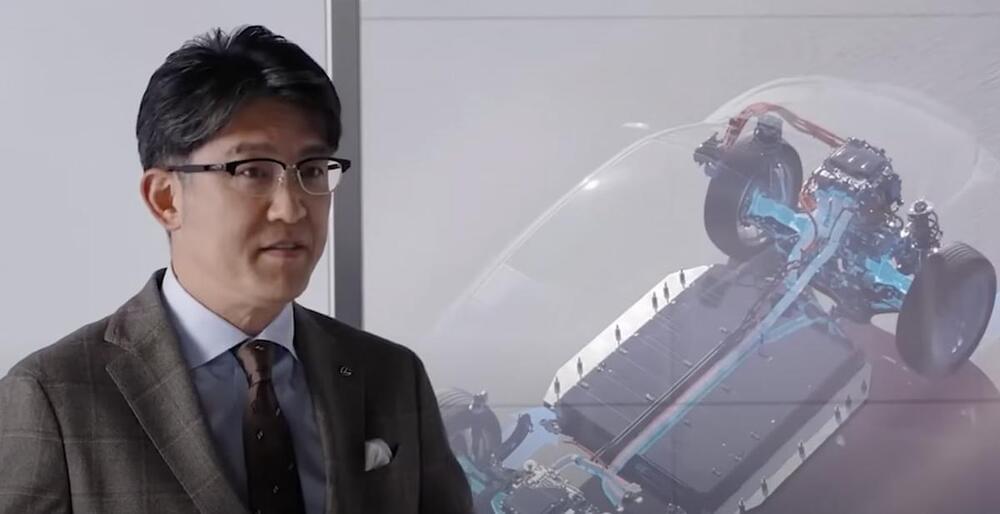
In a world that seems inexorably drawn towards an all-electric future, Toyota has consistently taken a different road. The Japanese automaker remains skeptical about an exclusive reliance on electric vehicles (EVs). While it’s true that Toyota has some exciting EVs in the pipeline for the upcoming year, they are also actively exploring alternative energy sources. However, a recent development could potentially turn the tables on the EV revolution — an ammonia-powered engine for passenger vehicles.
Also, to read:
O.o!!!!!!!
The Earth’s magnetic field plays a big role in protecting people from hazardous radiation and geomagnetic activity that could affect satellite communication and the operation of power grids. And it moves.
Scientists have studied and tracked the motion of the magnetic poles for centuries. The historical movement of these poles indicates a change in the global geometry of the Earth’s magnetic field.
It may even indicate the beginning of a field reversal – a “flip” between the north and south magnetic poles.